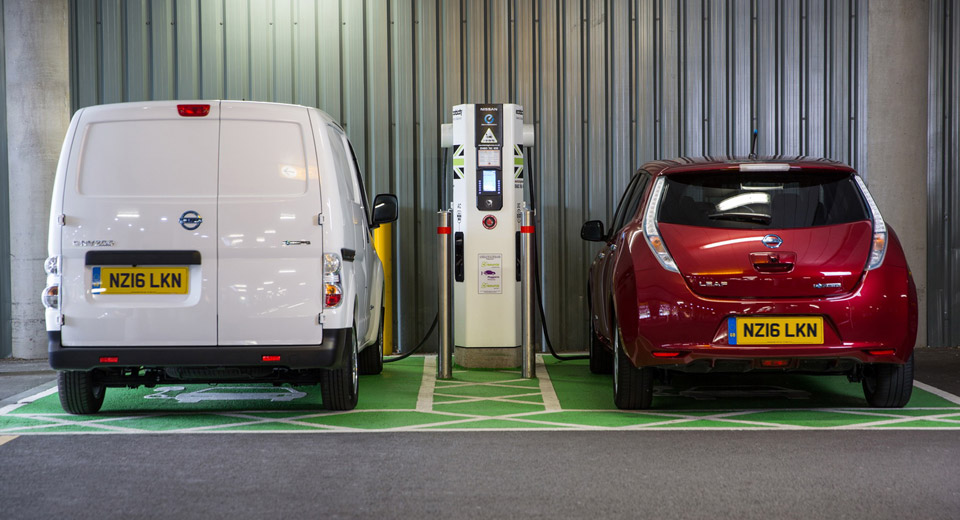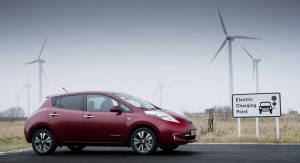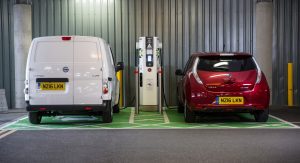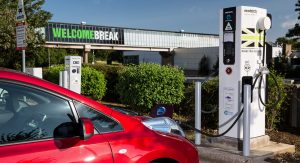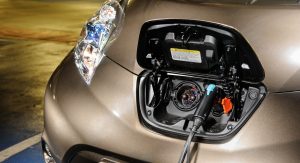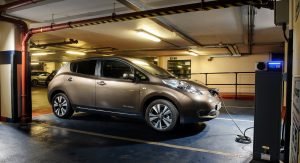Remarkably, over the last four decades, the United Kingdom has lost more than 75 percent of its petrol stations, while charging points for electric vehicles have went from hundreds to thousands in just a few years.
In 1970, the country had a peak of 37,539 petrol stations, but by the end of 2015, the number dropped to 8,472, and it’s predicted to reach 7,870 by August 2020, when public electric vehicle charging locations should rise to 7,900, according to an analysis made by Nissan.
“As electric vehicle sales take off, the charging infrastructure is keeping pace and paving the way for convenient all-electric driving. Combine that with constant improvements in our battery performance and we believe the tipping point for mass EV uptake is upon us. As with similar breakthrough technologies, the adoption of electric vehicles should follow an ‘S-curve’ of demand. A gradual uptake from early adopters accelerates to a groundswell of consumers buying electric vehicles just as they would any other powertrain“, said Great Britain’s Nissan Motor EV Manager, Edward Jones.
In the first quarter of 2016, more than 115 electric cars were registered every day, which equals to one every 13 minutes, according to joint government and car industry campaign Go Ultra Low, which believes that more than 1.3 million electric vehicles will be sold in the UK each year, close to the end of next decade.
Future electric vehicles made by Nissan could benefit from an increased driving range by 150 percent, as the Japanese manufacturer is due to increase the energy density of its lithium-ion batteries through a joint development of an atomic analysis methodology, which uses amorphous silicon monoxide (SiO).



